
The icon of “Christ the Judge”
Christ the Judge
This month we highlight a famous and brilliantly executed icon dating from the 6th or 7th century. The icon was preserved during the time of the iconoclastic heresy simply due to the remote location of Saint Catherine’s Monastery at the base of Mount Sinai. Some of the oldest icons in the world are found at Saint Catherine’s — since the Moslems ruled the Sinai Desert, even the iconoclastic emperors were powerless to destroy the precious Christian heritage to be found there.
Of course, with Great Lent (as it is called in the Eastern Churches) rapidly approaching, the time comes in the liturgical year once more to apply ourselves to the four famous “last things”: death, judgment, heaven and hell. This particular icon is perhaps uniquely suited to help bring about the proper frame of mind for the Fast. One of the most famous icons in history, it has inspired many generations of Christian believers to take stock of the self and to deeply repent of any and all misdeeds.
The icon of Christ the Judge was produced using an ancient Egyptian technique known as wax encaustic. The method was used to produce images of the deceased to adorn Egyptian tombs. Egyptian portraiture was justly famous in the ancient world and formed the basis for much Christian iconography in a later period of history. Few iconographers utilize wax encaustic in our modern era; it is a difficult medium and a great many things can go wrong with it.
The icon of Christ the Judge is an outstanding example of the method, however.
The unidentified iconographer, besides being quite a talented artist, was also an acutely perceptive theologian, as we will discover.
Christ is holding a closed book. That book will be opened only at our appearance before the throne of God for an accounting of our life.
This pattern also appears on the right side of the royal doors in a properly executed church iconostasis (a wall of icons which separates the nave from the sanctuary in a church). The left side of the doors bears the image of Mary holding her young son, representing the start of humanity’s relationship with Jesus. The judgment, of course, is the other end of our personal spectrum, the occasion of our final settling of accounts.
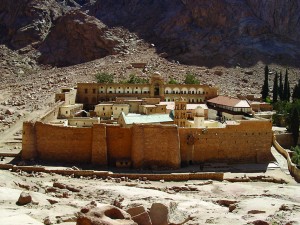
Saint Catherine’s Monastery at the base of Mount Sinai
It is a healthy thing to contemplate the necessity of the judgment. In fact, at each Divine Liturgy, the priest sings, “For a good defense before the dread Judgment Seat of Christ, let us pray to the Lord!” To which the faithful respond with a robust, “Lord, have mercy!”
The iconographer has taken for his inspiration at least partly the famous passage in Chapter 25 of Saint Matthew’s Gospel regarding the separation of sheep from goats. This Mount Sinai icon brings home the message of Saint Matthew in a most graphic fashion!
The clues lie in the face of Christ. A careful examination of the image uncovers a great truth regarding the judgment.
This is best done by taking a sheet of paper and covering first the left side of the face, that is, the side of the face to your right. We find the right side of the face to be a kindly and loving image. The eye has a benevolent gaze, the eyebrow is arched in a welcoming fashion, there is a slight smile on the lips.
Now cover the right side of the face and try not to faint! The eyebrow is locked in a frown, the lip is curled in a sneer and the eye transfixes the viewer with a pitiless beady glare!
Thus the lesson is borne in to the viewer: Christ’s lambs and sheep are gathered in the end on the right hand of Jesus and brought safely home to Paradise. And on the left hand?
You’ve got goats.
A Christian would do well to contemplate this image each day of the Great Fast and renew all efforts to literally place oneself on the right side of Christ the Judge!
— Robert Wiesner


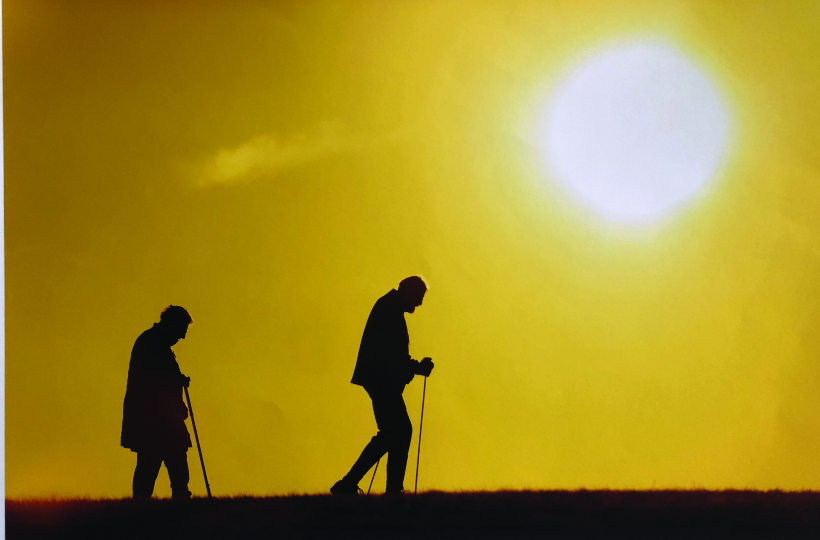
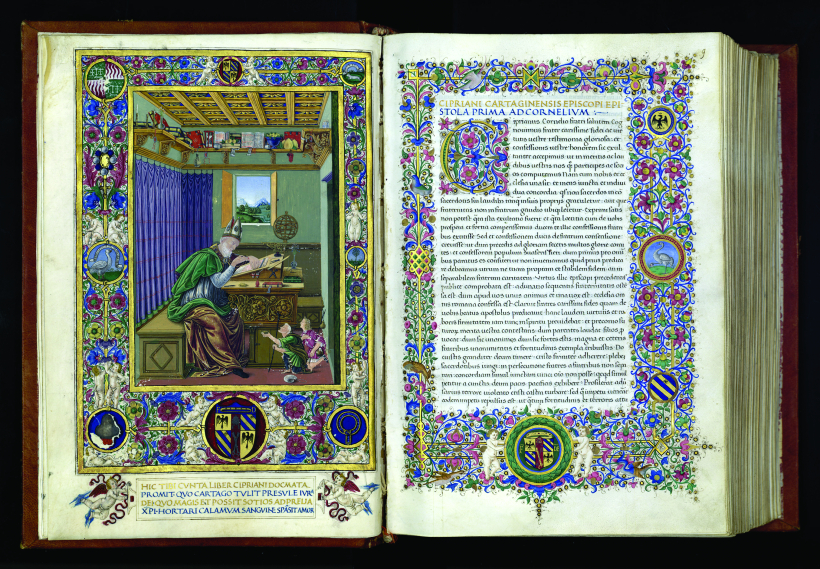
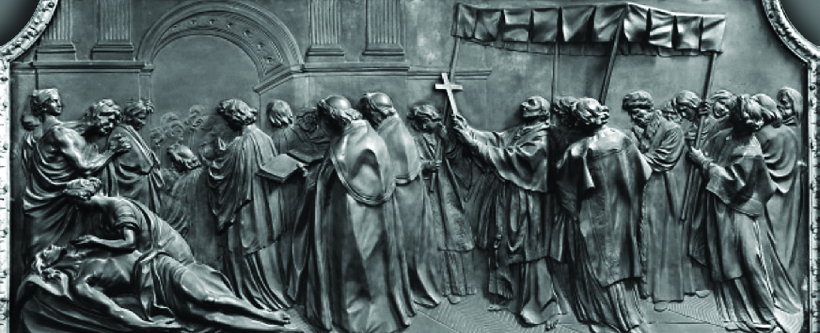
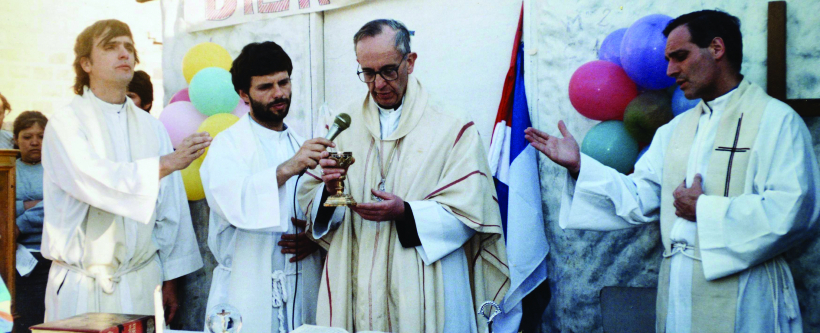
Facebook Comments